
Diapsid
What is the animal Diapsid known for?
Diapsid is not an animal, but a group of reptiles
With two holes in their skulls, they have some special features
They include crocodiles, lizards, snakes and birds
And even turtles, though that may sound absurd
They first appeared in the Carboniferous period
And since then they have diversified and spread
They can live on land, in water or in the air
They have different shapes and sizes, but they all share
The diapsid skull, which gives them some advantages
Like lighter weight, more flexibility and stronger jaws
But some of them have lost or changed their skull openings
Like snakes, birds and turtles, who have different adaptations
So diapsids are a diverse and fascinating clade
They have evolved and survived through many changes
They are not just one animal, but many kinds of reptiles
And they have a lot of stories to tell in their lifestyles
Example of the color palette for the image of Diapsid
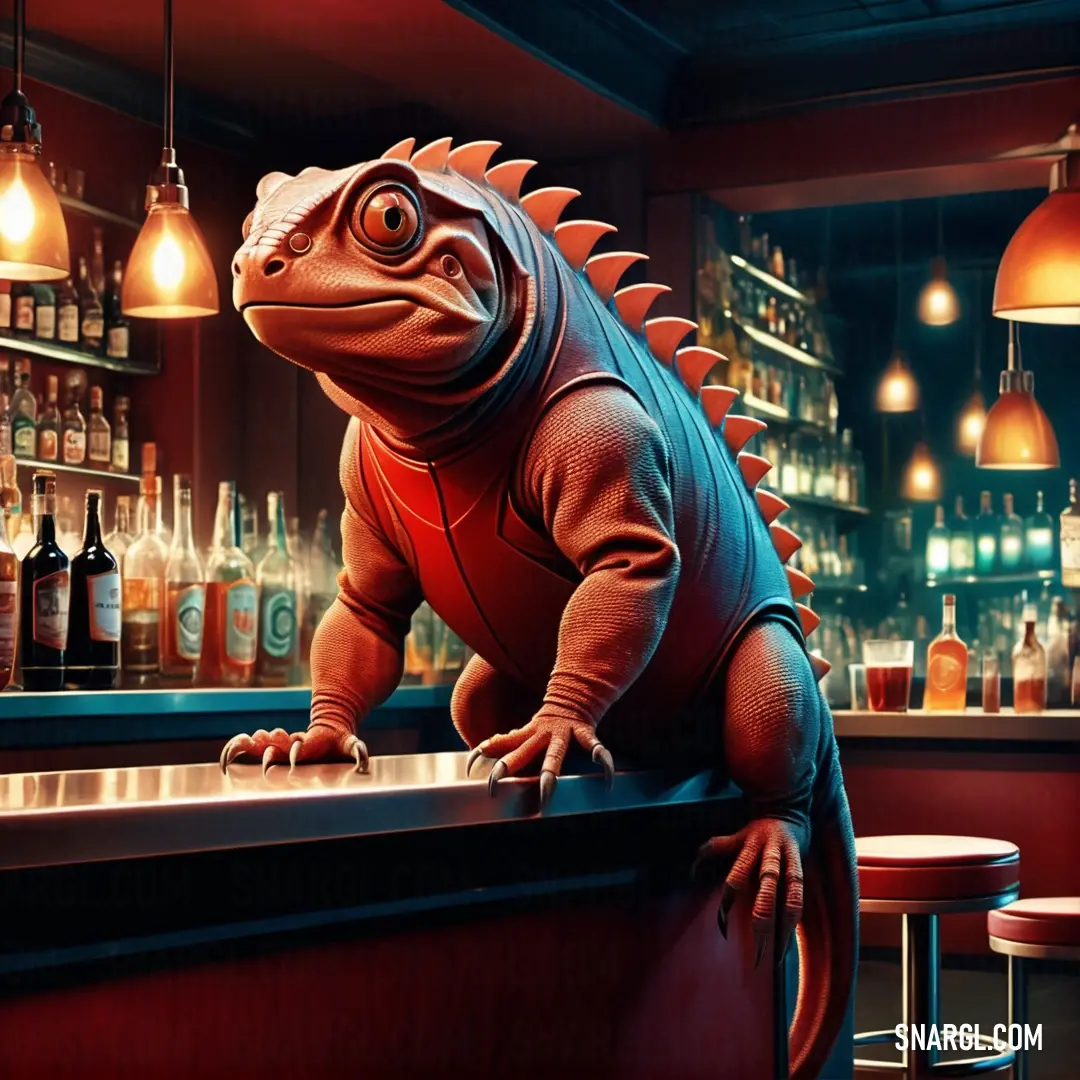
See these colors in NCS, PANTONE, RAL palettes...
Where does the Diapsid live?
They are characterized by having two openings on each side of their skulls, called temporal fenestrae, which allow for the attachment of larger jaw muscles.
Diapsids first appeared about 300 million years ago, during the late Carboniferous period, and have since evolved into many different forms and lifestyles.
Some examples of diapsid habitats are:
Deserts: Many diapsids are well-adapted to arid environments, such as lizards, snakes, and some birds.
They have various strategies to cope with the heat, water scarcity, and predators, such as burrowing, shedding, camouflage, venom, and flight.Forests: Diapsids can be found in various types of forests, from tropical rainforests to temperate woodlands.
They occupy different levels of the forest, from the canopy to the understory to the forest floor.
Some examples of forest-dwelling diapsids are crocodiles, chameleons, geckos, parrots, and owls.
They have adaptations such as coloration, mimicry, prehensile tails, vocalization, and binocular vision.Oceans: Diapsids have also colonized the marine realm, both in the past and present.
Some extinct marine diapsids include the plesiosaurs, ichthyosaurs, and mosasaurs, which were large aquatic reptiles that dominated the seas during the Mesozoic era.
Some living marine diapsids include the sea turtles, sea snakes, marine iguanas, and penguins, which have various adaptations such as flippers, scales, salt glands, and feathers.
These are just some of the many habitats that diapsids live in.
They have a rich evolutionary history and a wide range of physical and behavioral traits that enable them to survive and thrive in various environments.
Example of the color palette for the image of Diapsid
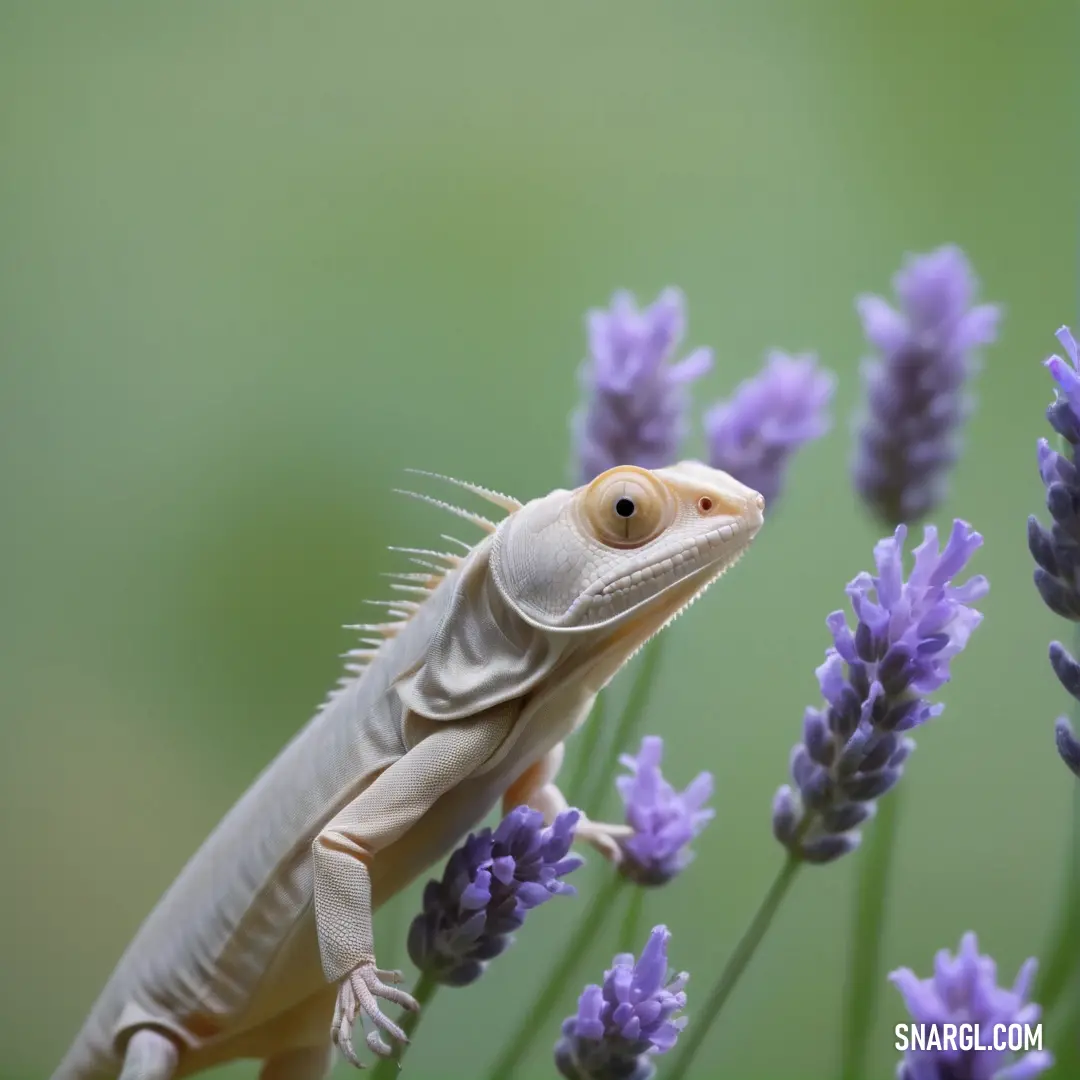
See these colors in NCS, PANTONE, RAL palettes...
What does the Diapsid look like?
A diapsid is not a single animal, but a group of animals that share a common feature in their skull.
It have two openings, called temporal fenestrae, on each side of their skull behind the eye.
This allows for the attachment of larger and stronger jaw muscles.
Diapsids include all living reptiles except turtles, as well as birds.
Some examples of diapsids are crocodiles, lizards, snakes, tuatara, and birds.
They have different shapes and sizes, but they all have the same basic skull structure.
Diapsids first appeared about 300 million years ago during the late Carboniferous period.
They are very diverse and have adapted to different environments, such as land, water, and air.
Diapsids are the most successful group of living reptiles and birds.
Example of the color palette for the image of Diapsid
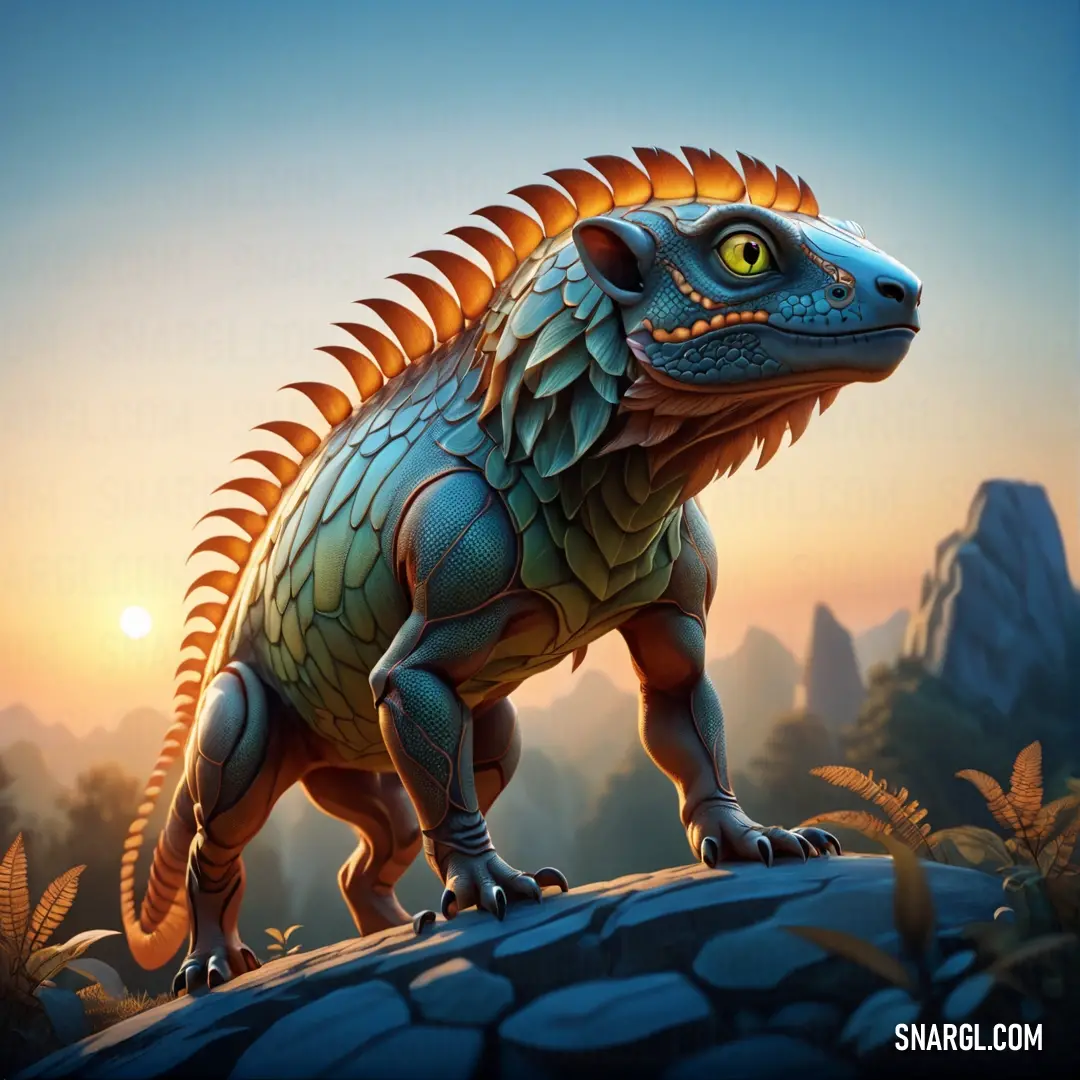
See these colors in NCS, PANTONE, RAL palettes...

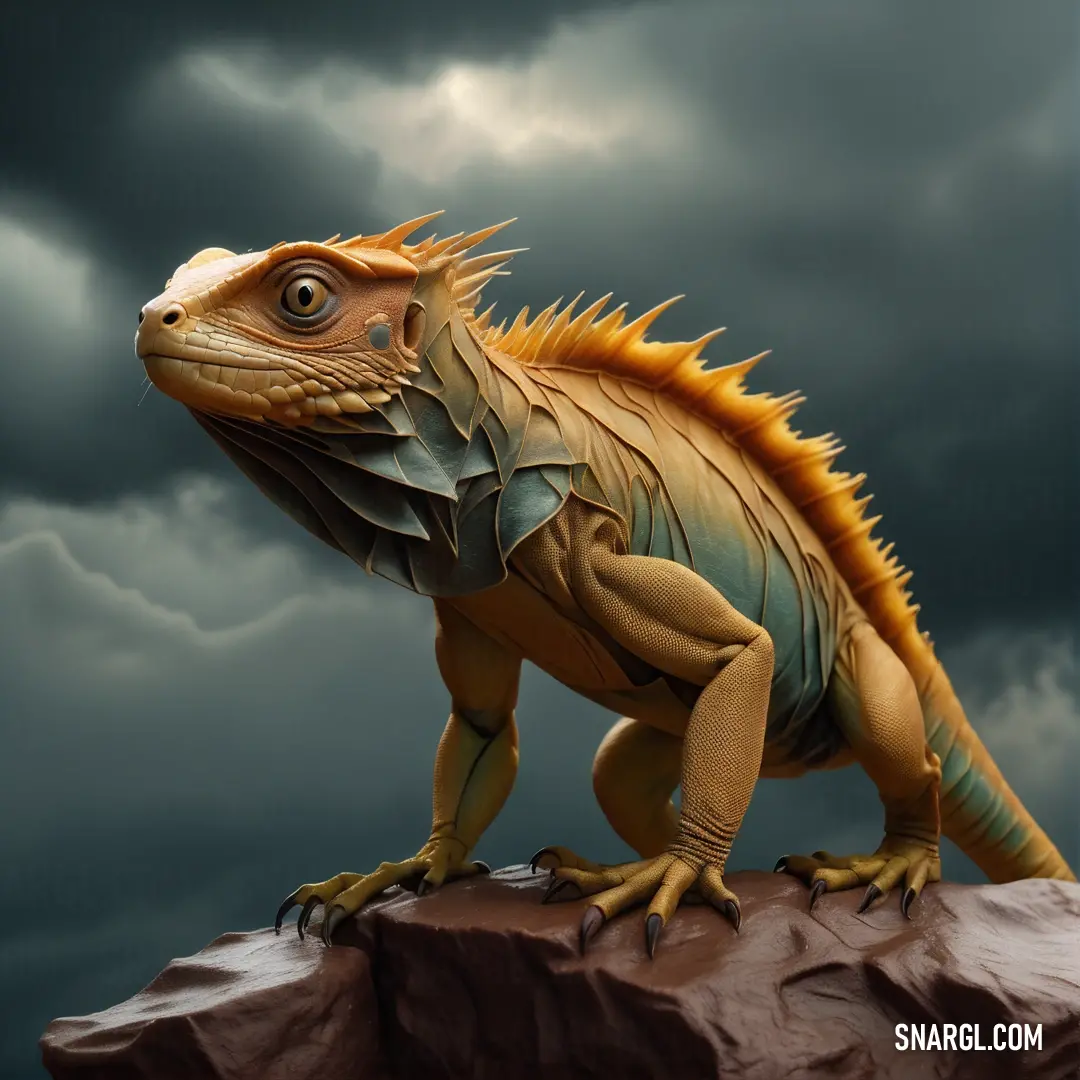
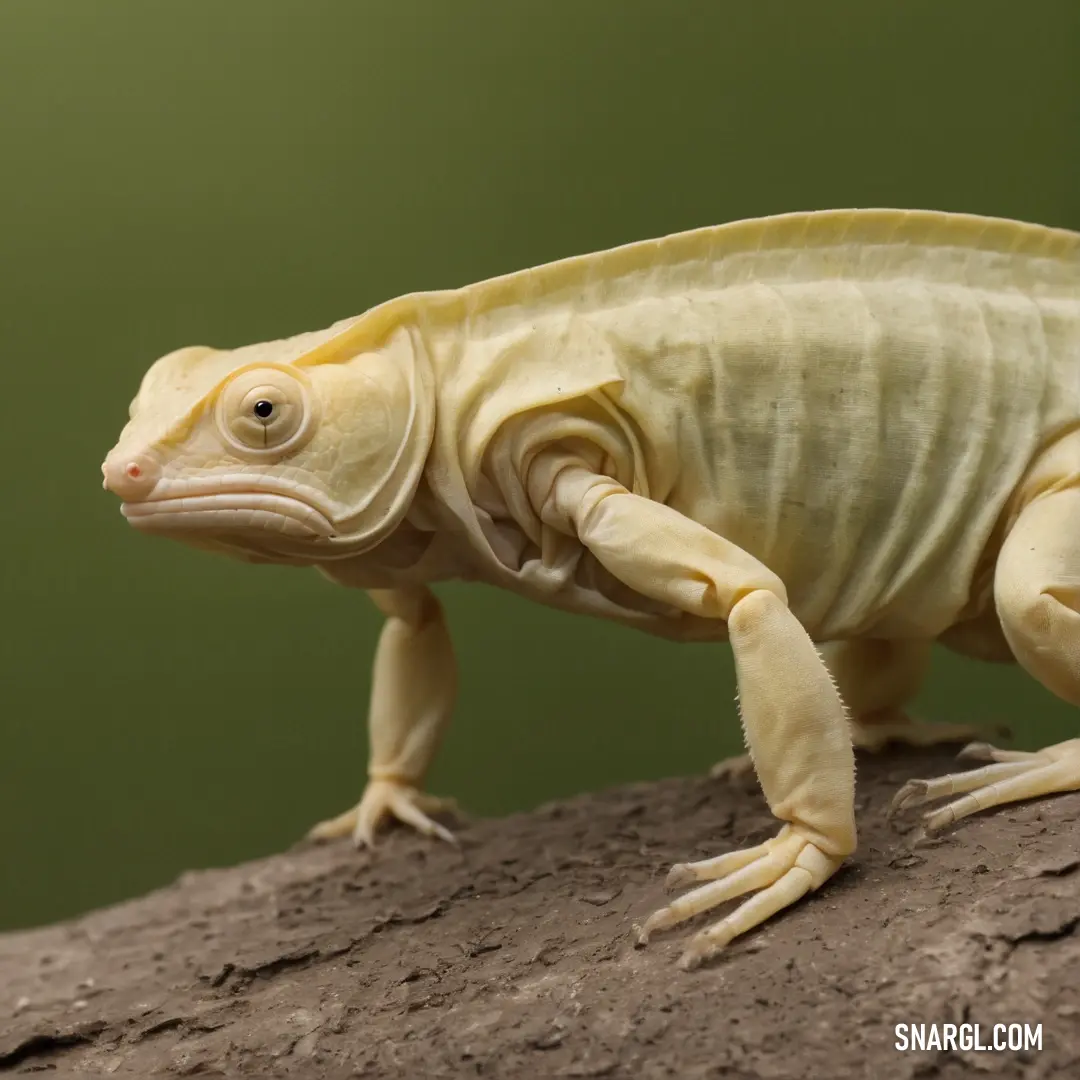
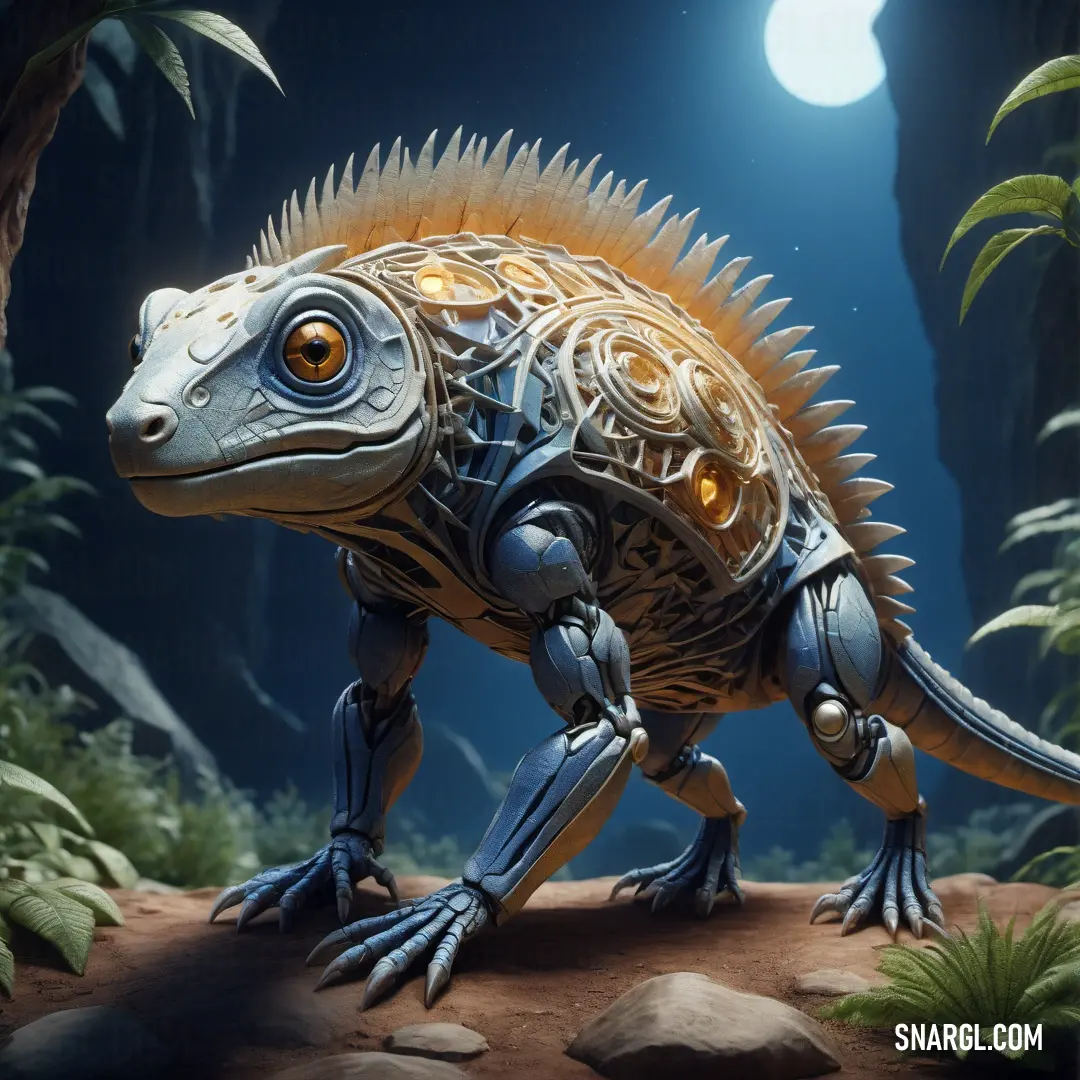
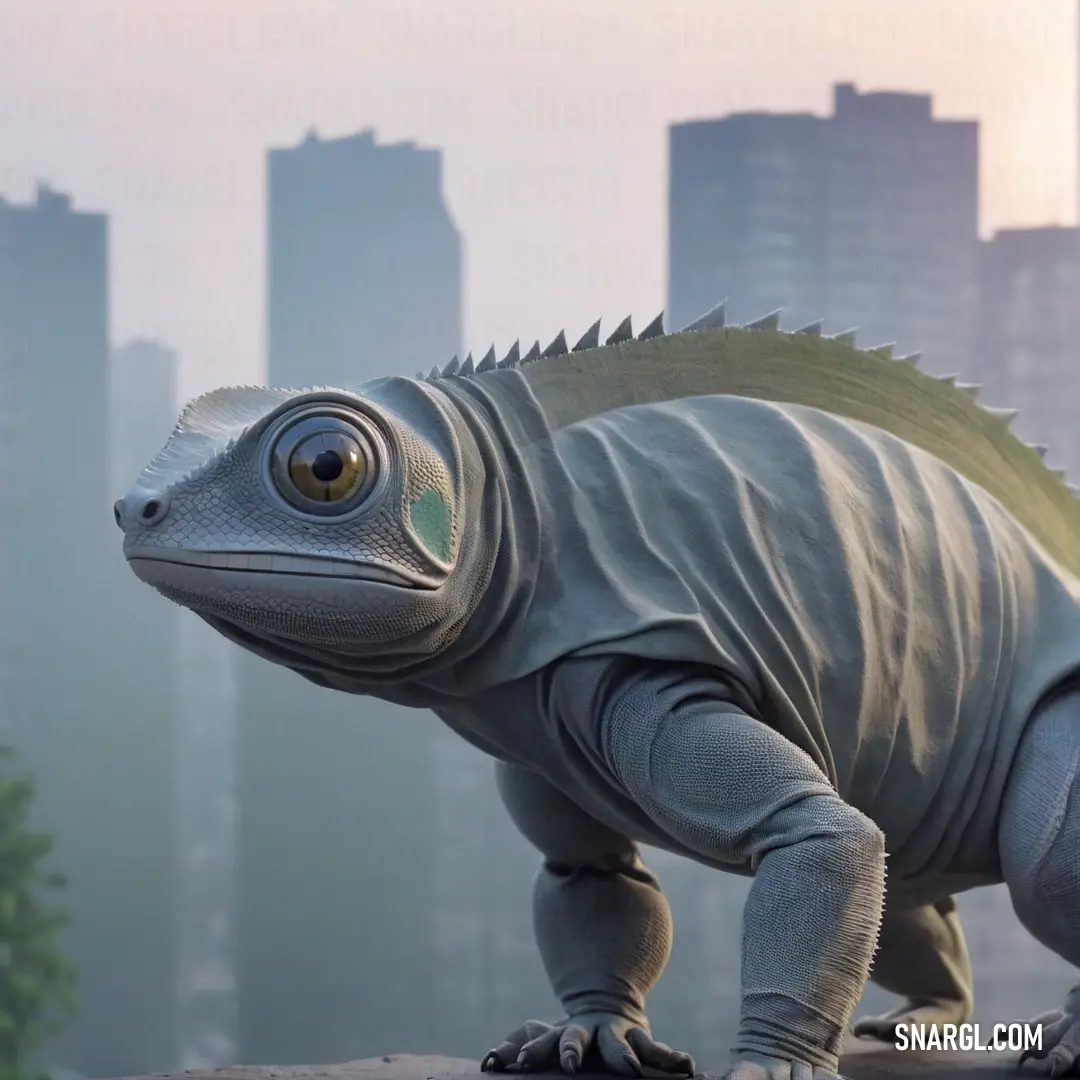
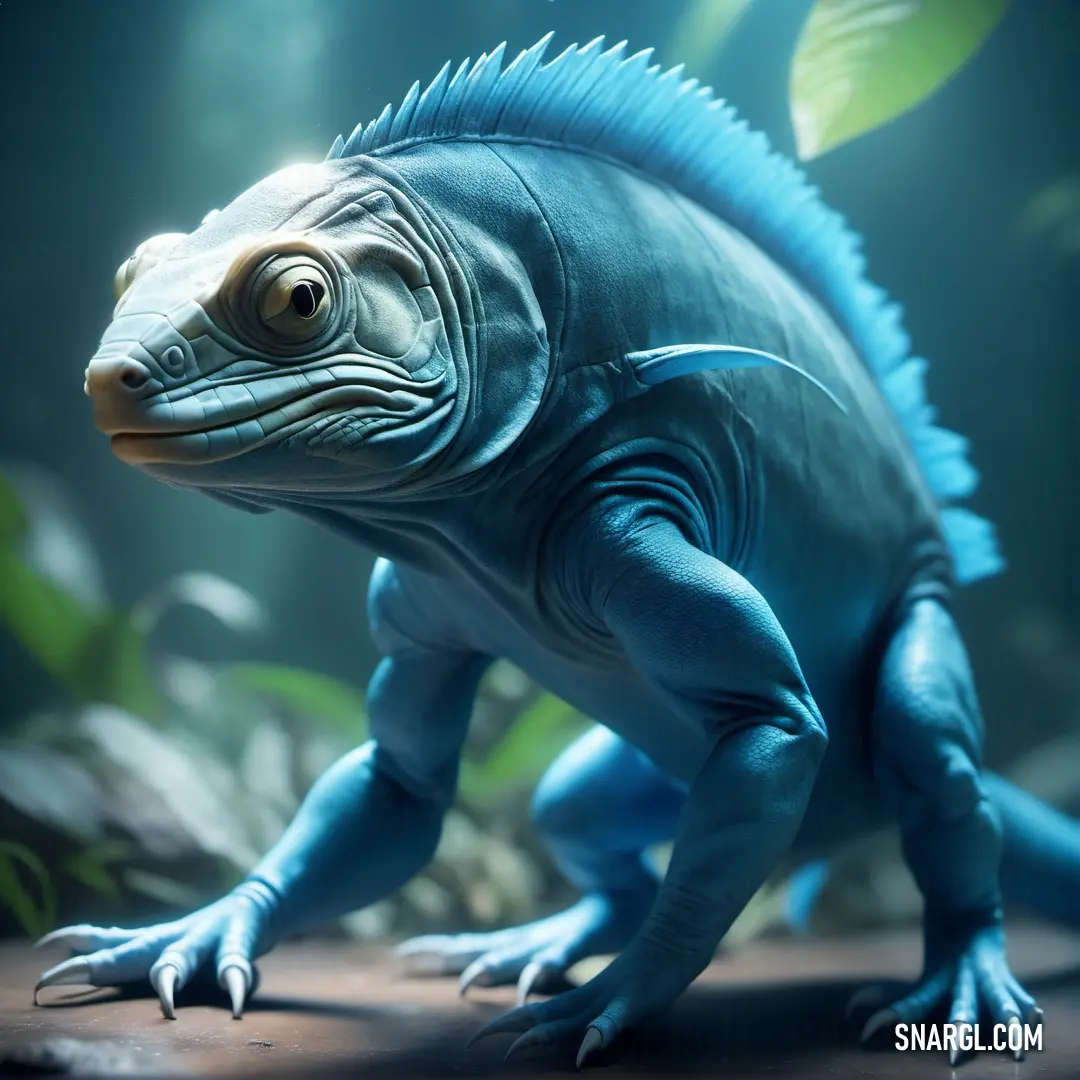
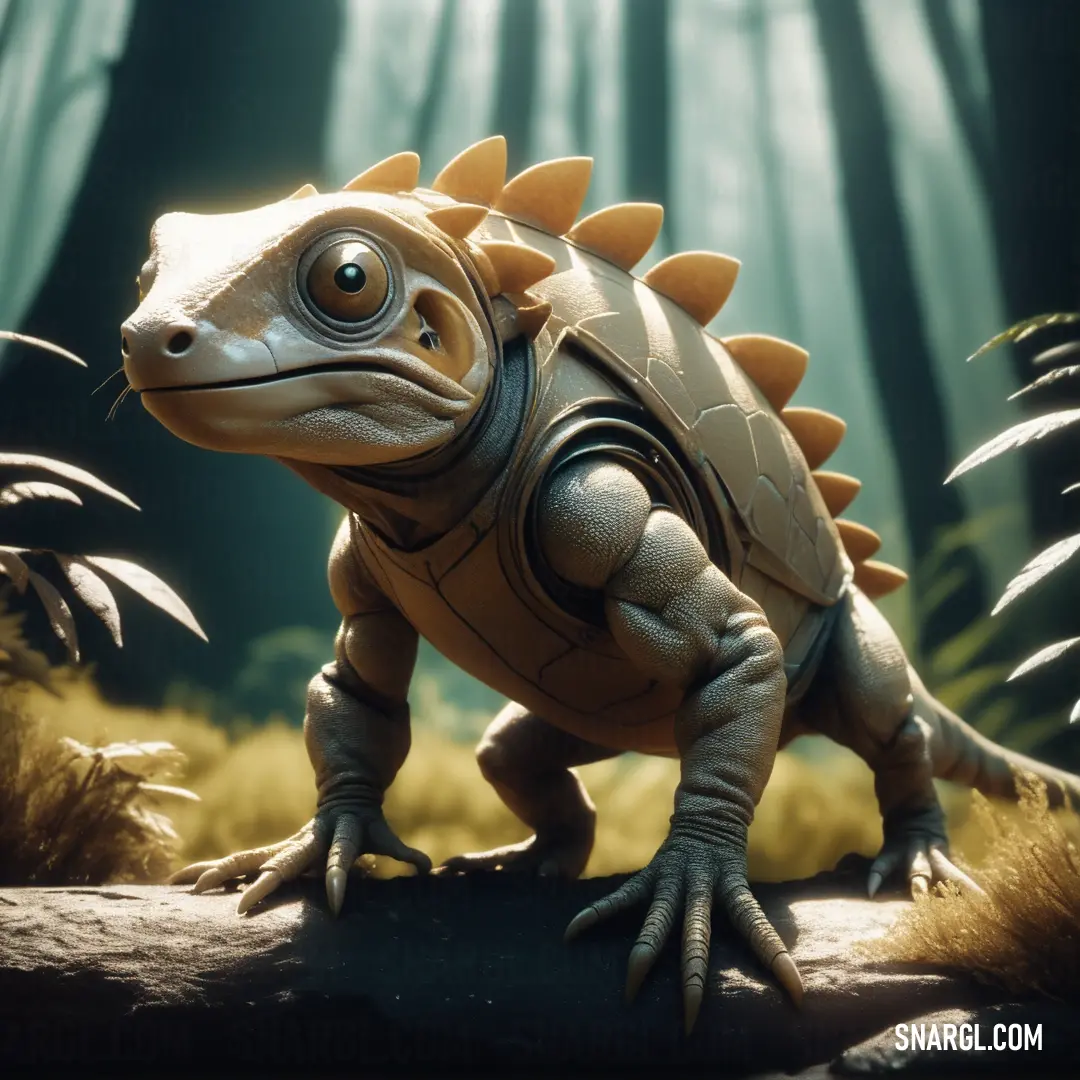
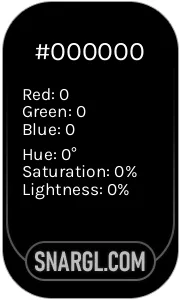 Black
Black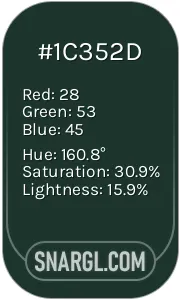 Medium jungle green
Medium jungle green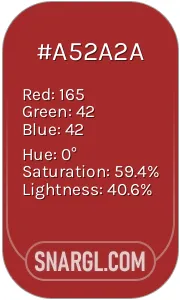 Auburn
Auburn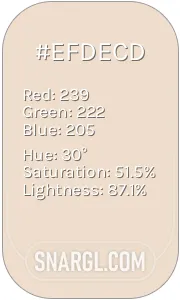 Almond
Almond Verdigris
Verdigris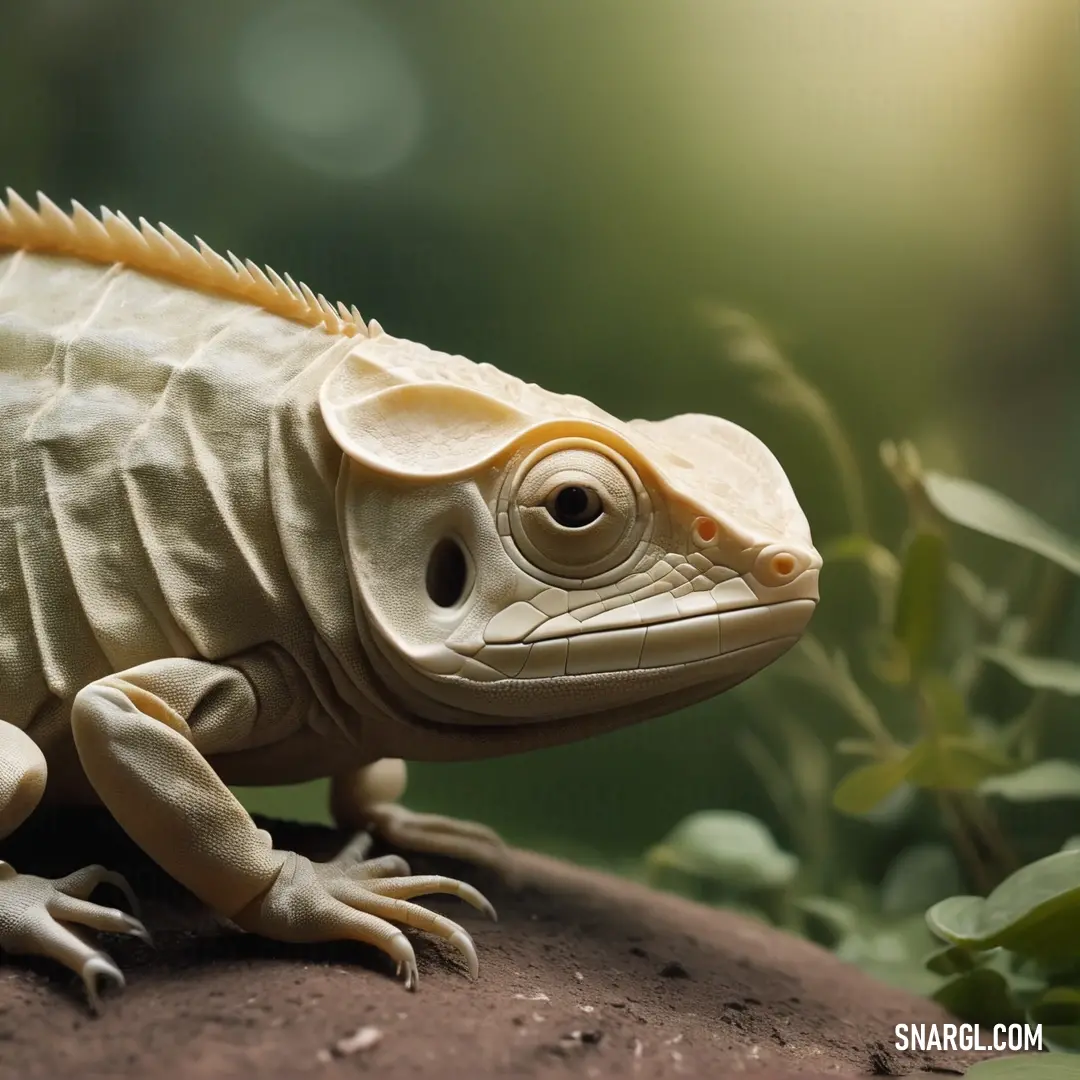
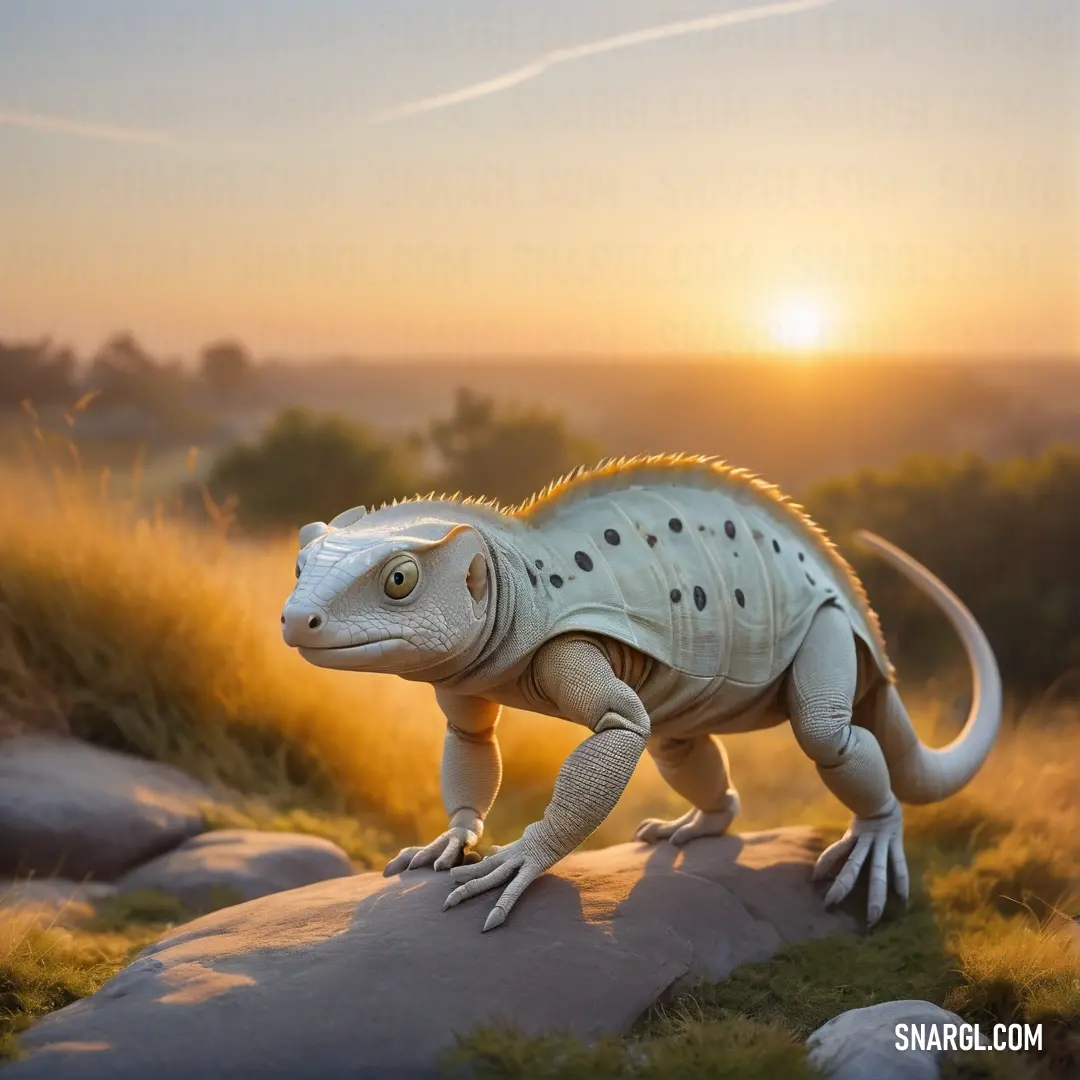
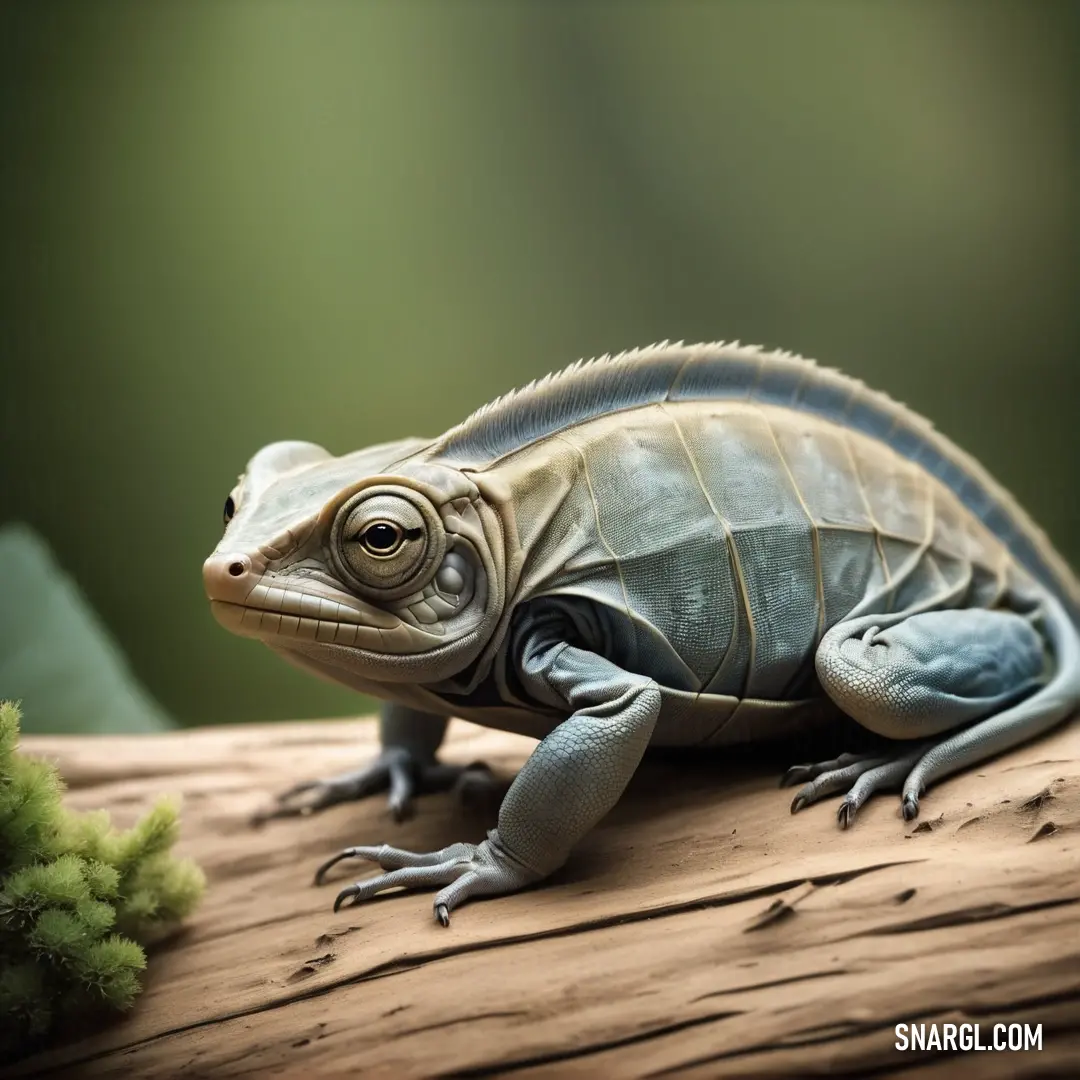
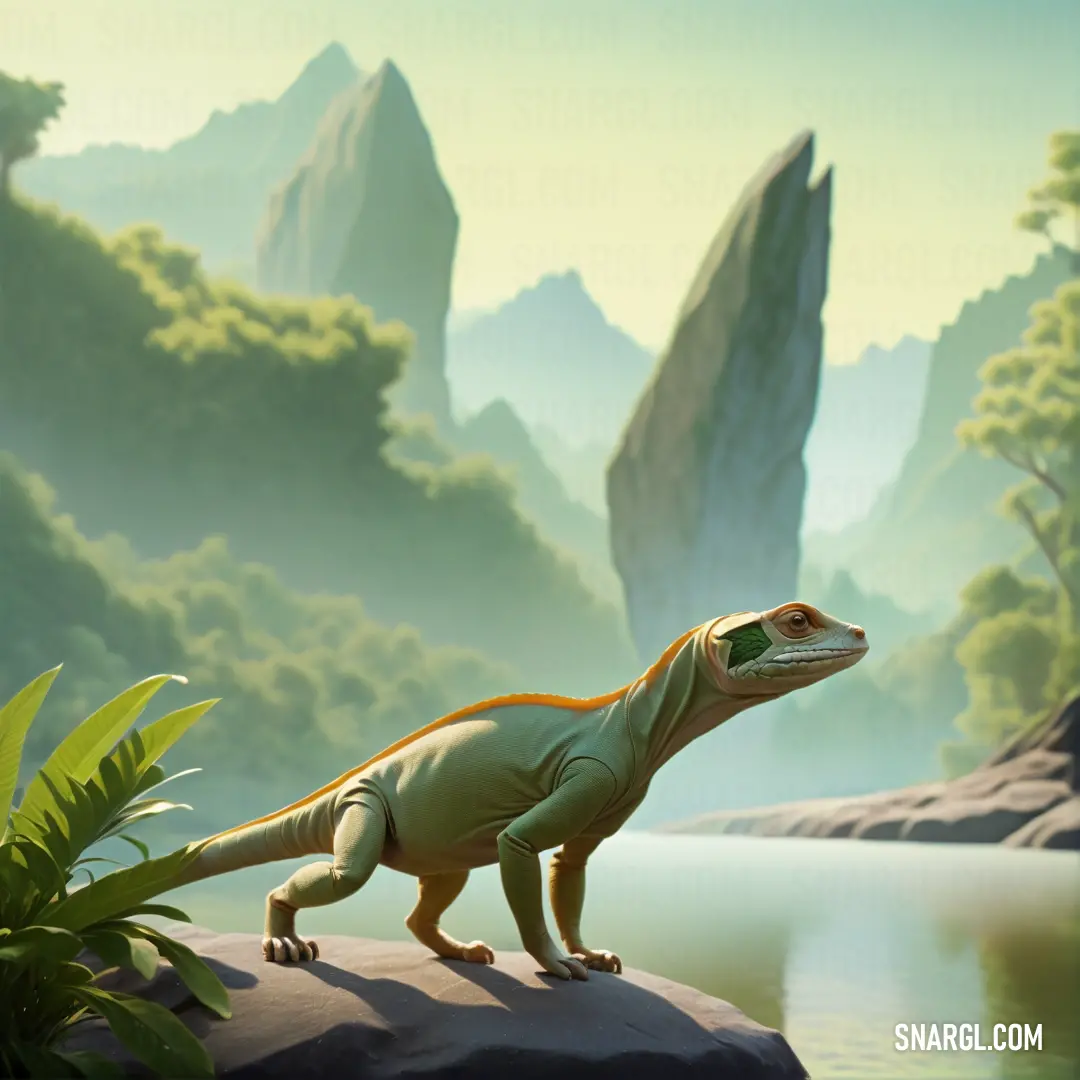
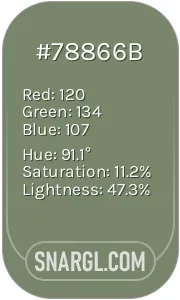 Camouflage green
Camouflage green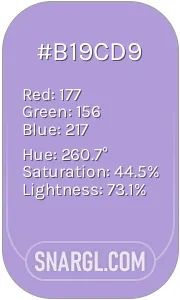 Light pastel purple
Light pastel purple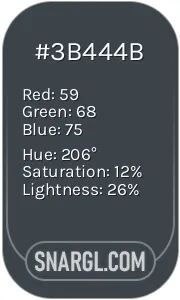 Arsenic
Arsenic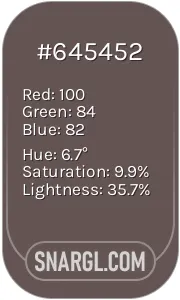 Wenge
Wenge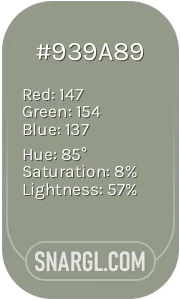 Gray-Tea Green
Gray-Tea Green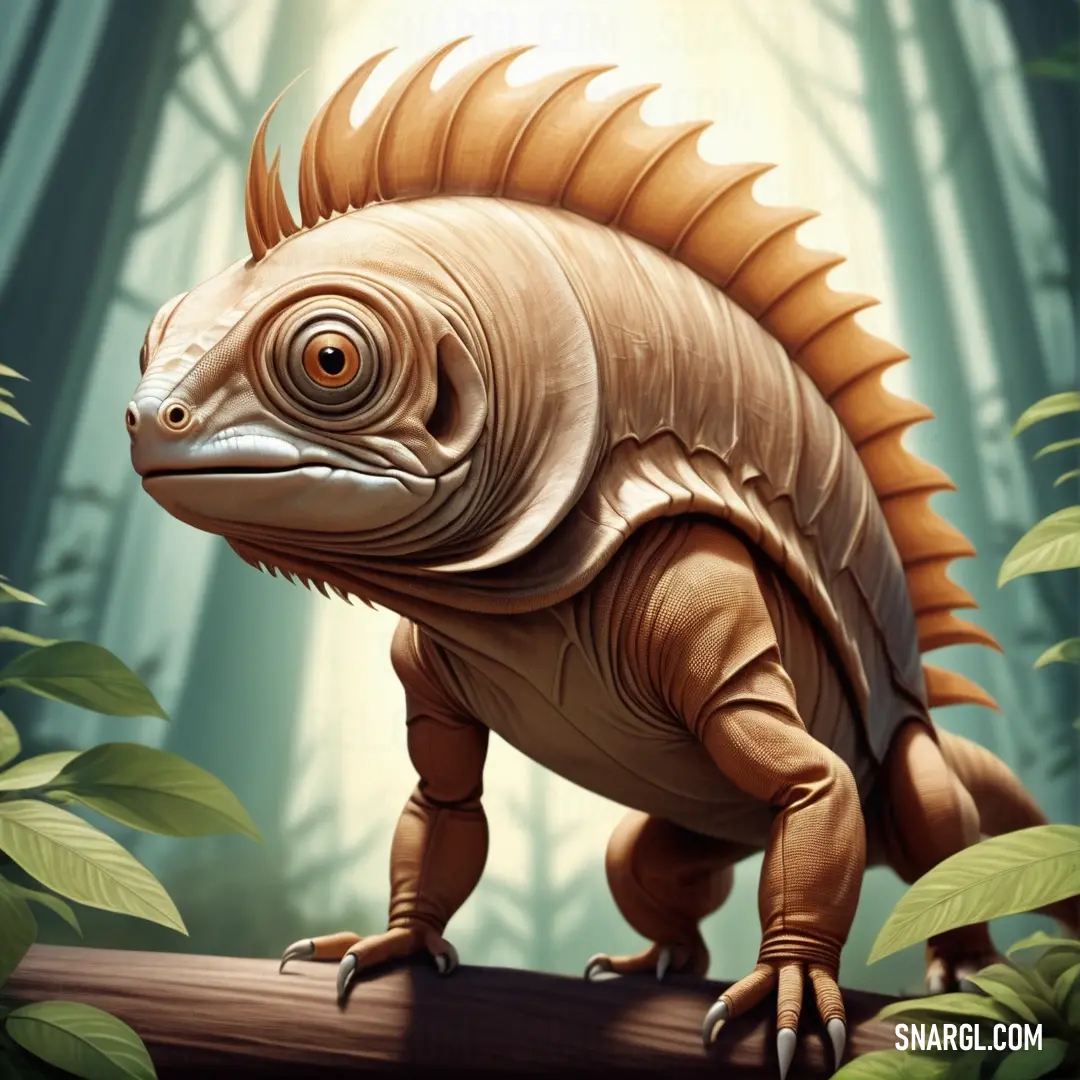
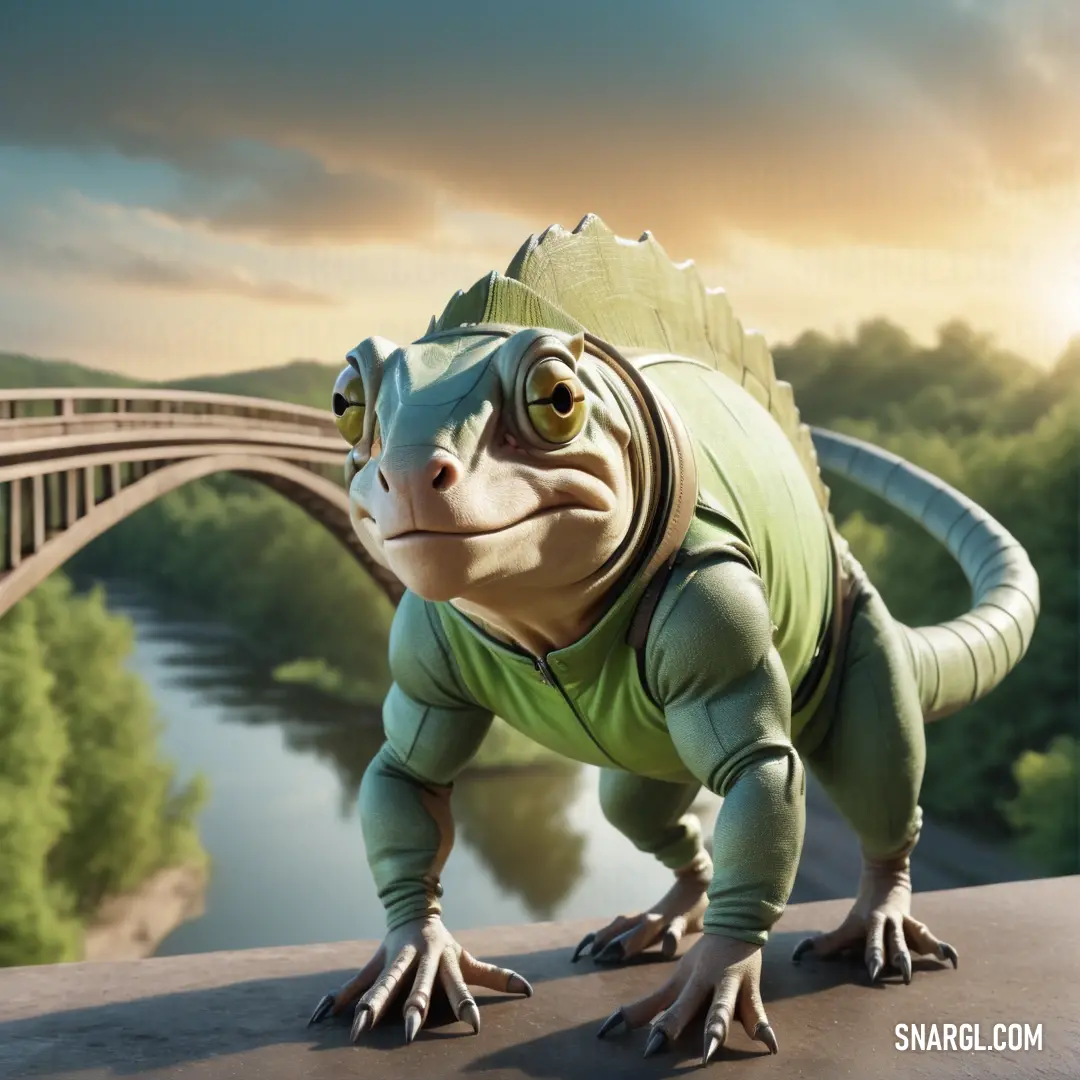
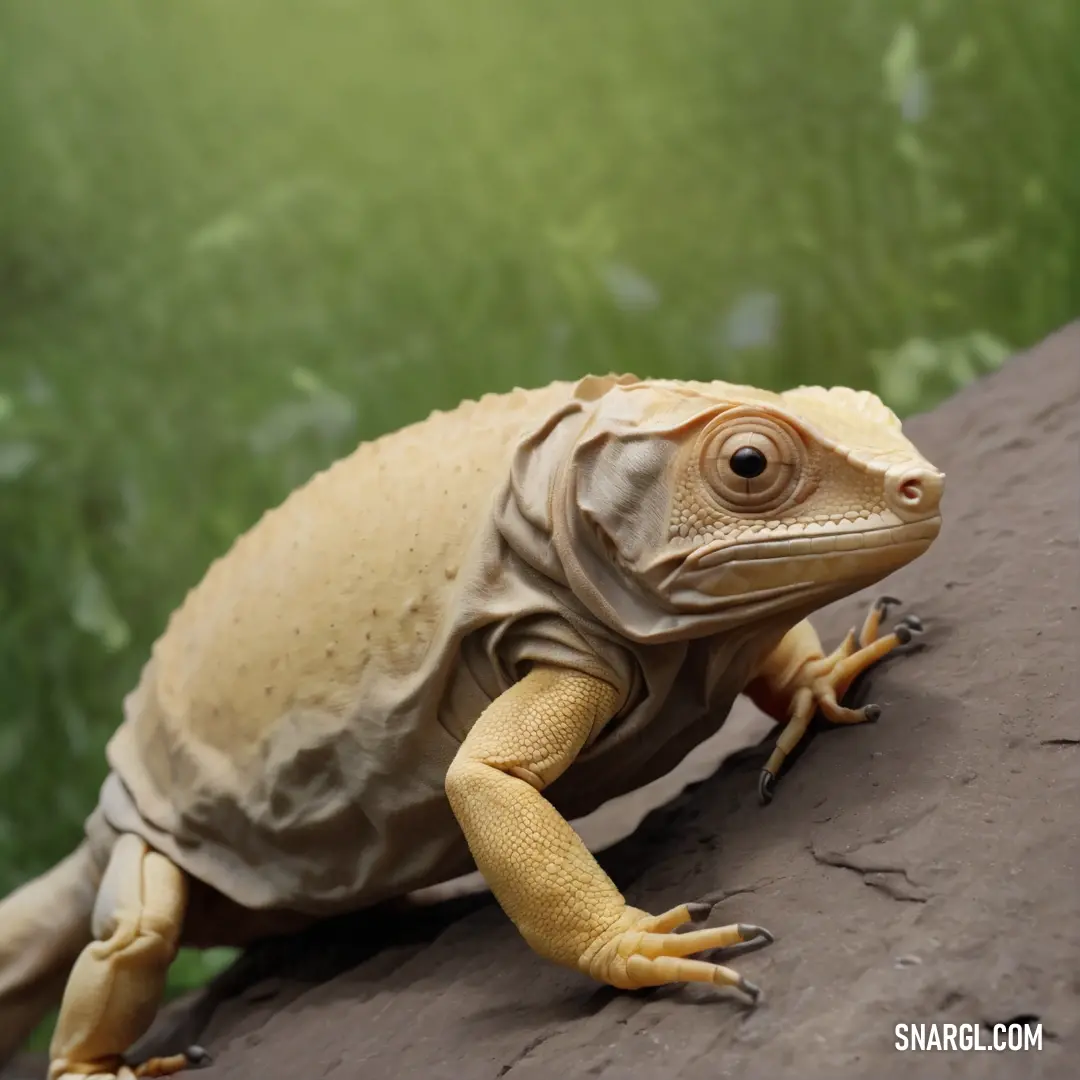
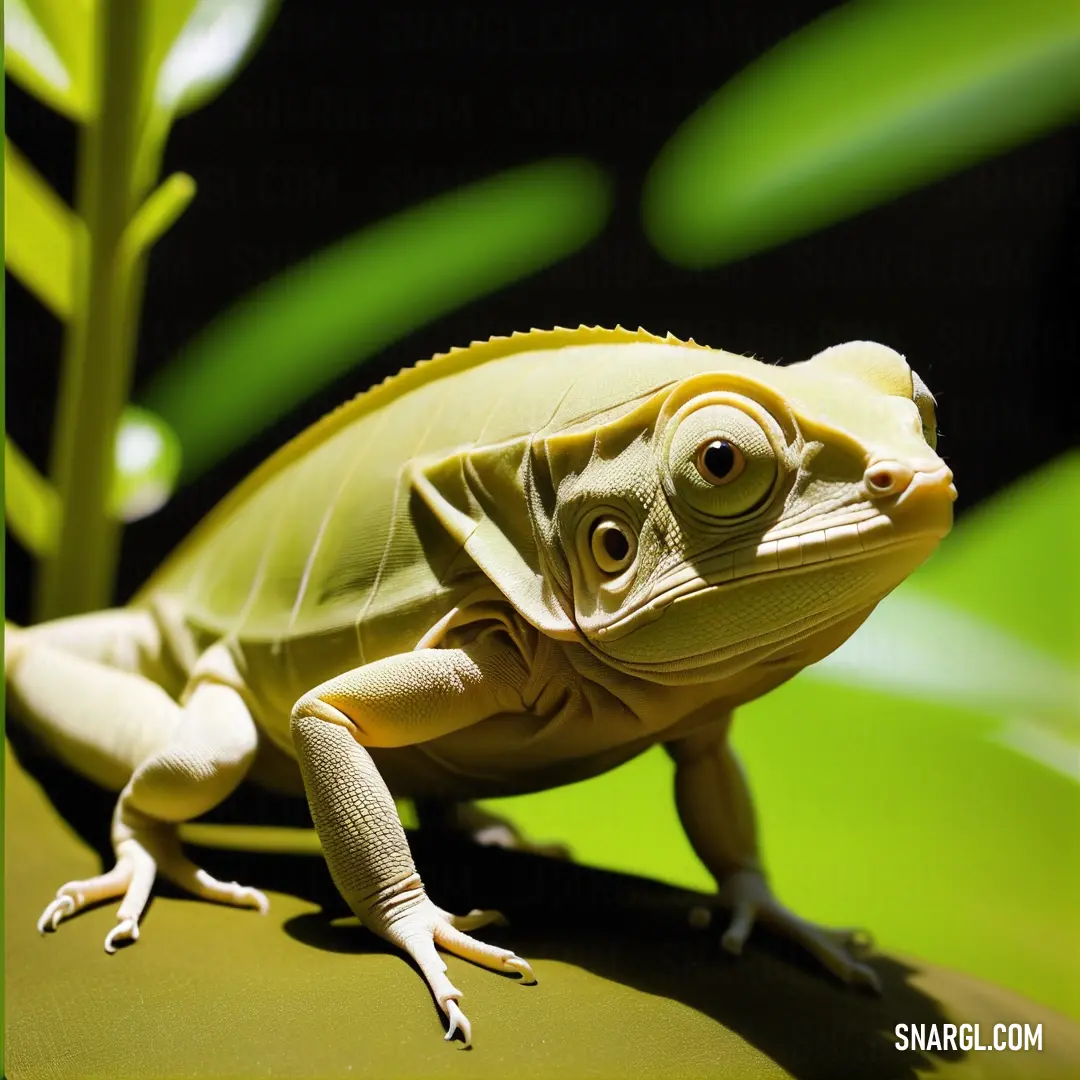
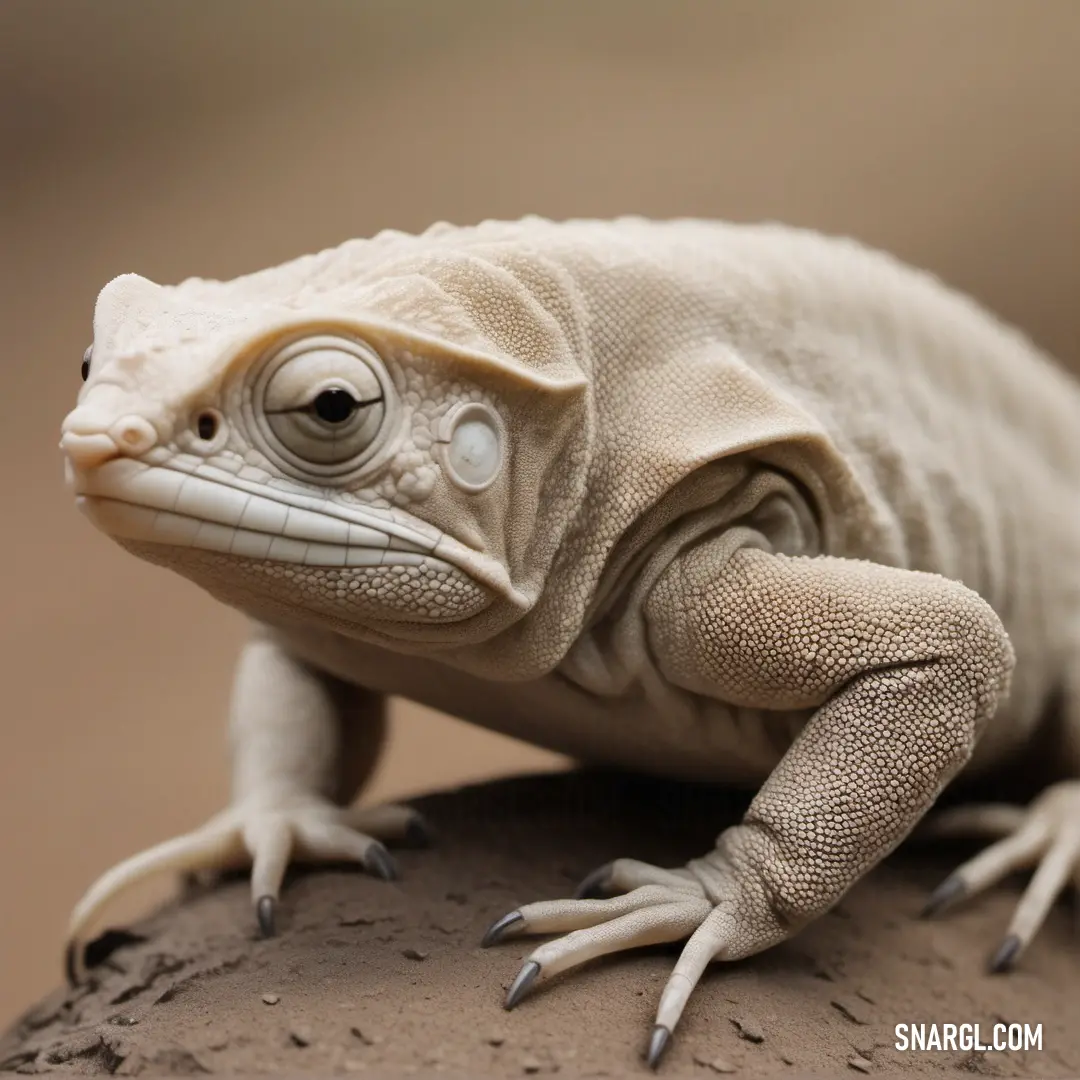
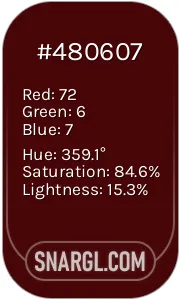 Bulgarian rose
Bulgarian rose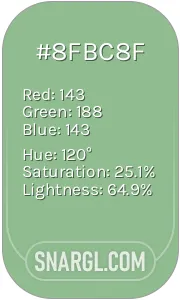 Dark sea green
Dark sea green Phthalo green
Phthalo green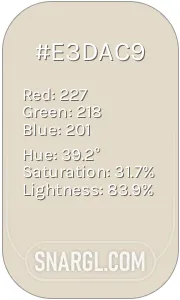 Bone
Bone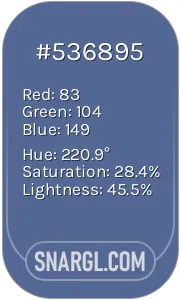 UCLA Blue
UCLA Blue







